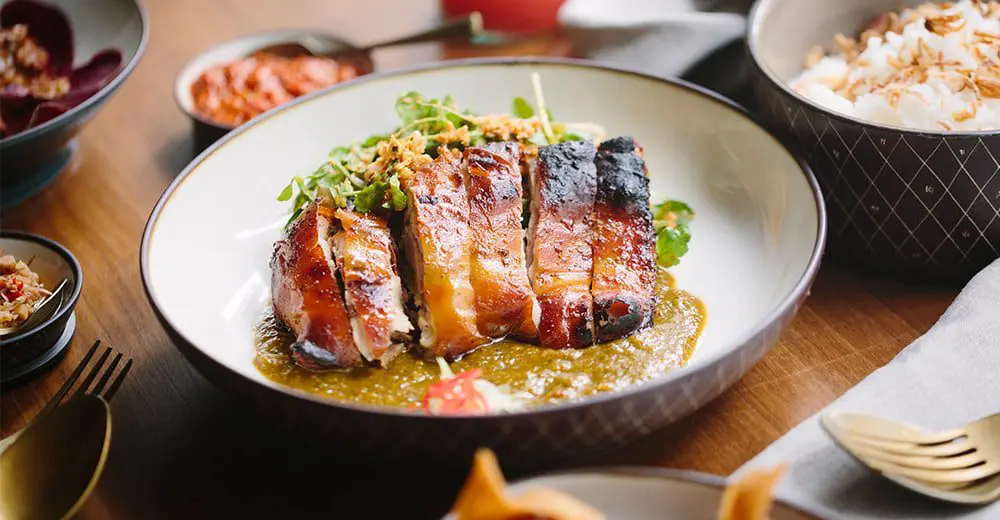Following the launch of Kaum at Potato Head Hong Kong, PTT Family, the Indonesia-based hospitality and lifestyle group behind the Potato Head brand, will open the second outpost of Kaum at Potato Head Beach Club in Bali.
Kaum, which means “clan” or “tribe” in Indonesian, pays tribute to the more than 600 ethnic groups that make up Indonesia.
Kaum Bali’s menu will highlight the Archipelago’s first-rate produce and often overlooked ingredients.
A testament to the skill of Indonesia’s local producers and “taste of terroir”, Kaum Bali’s menu incorporates regionally sourced products from small-scale, responsible producers and tropical indigenous ingredients including:
Jatiluwih Heirloom Rice
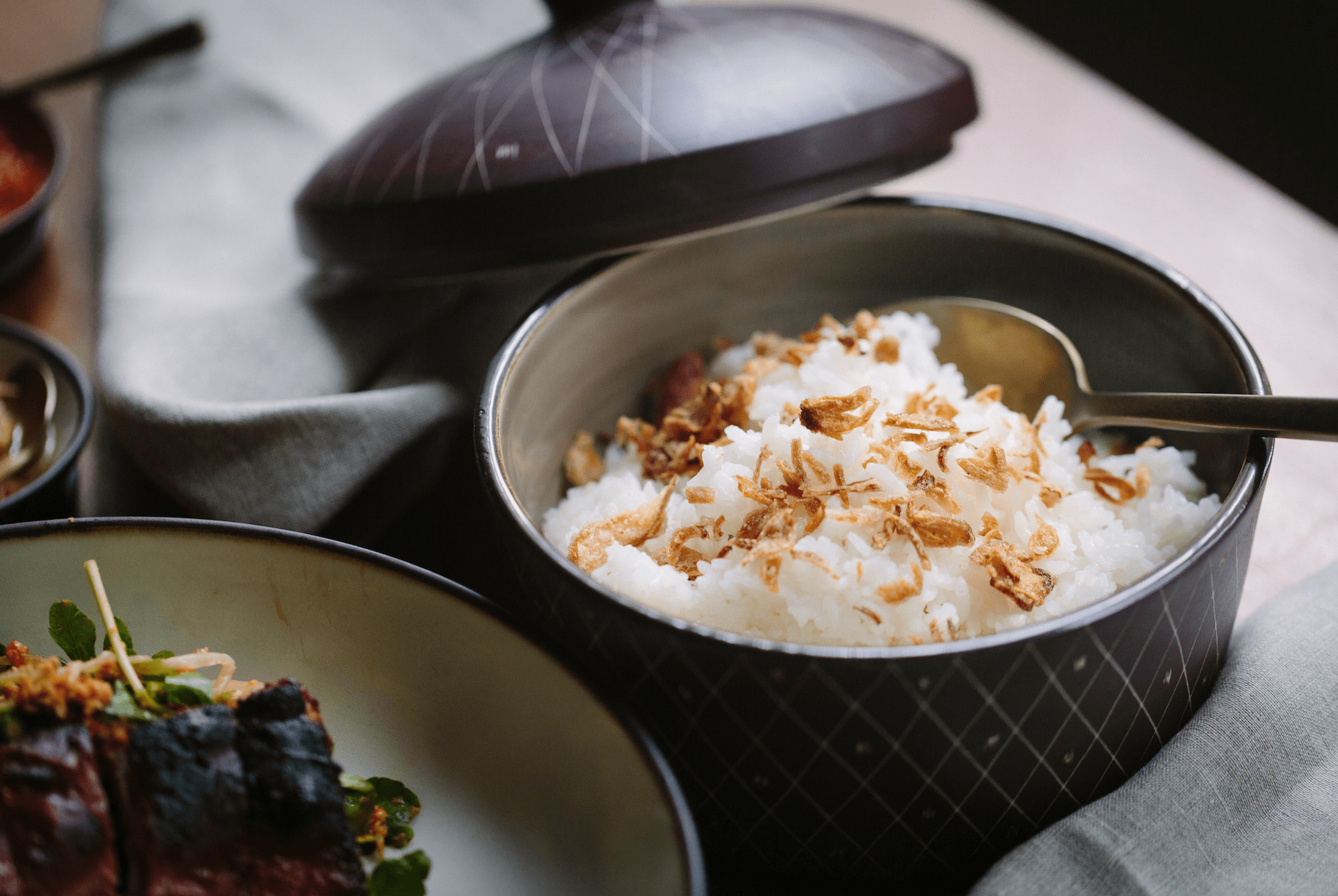
Nasi Putih
Naturally grown in Tabanan, Bali, using an ancient subak agricultural system dating back from the 11th century, this rice is sourced directly from the area’s farming community.
This specialty rice is used in Kaum Bali’s Nasi Goreng Cabe Asap (wok-fried rice with home-smoked chilli paste, fresh prawns, cincalok (fermented krills), lemon basil and stinky beans), as well as side dishes, such as nasi putih (white rice), nasi merah (red rice) and nasi kuning (yellow rice).
Amed Sea Salt
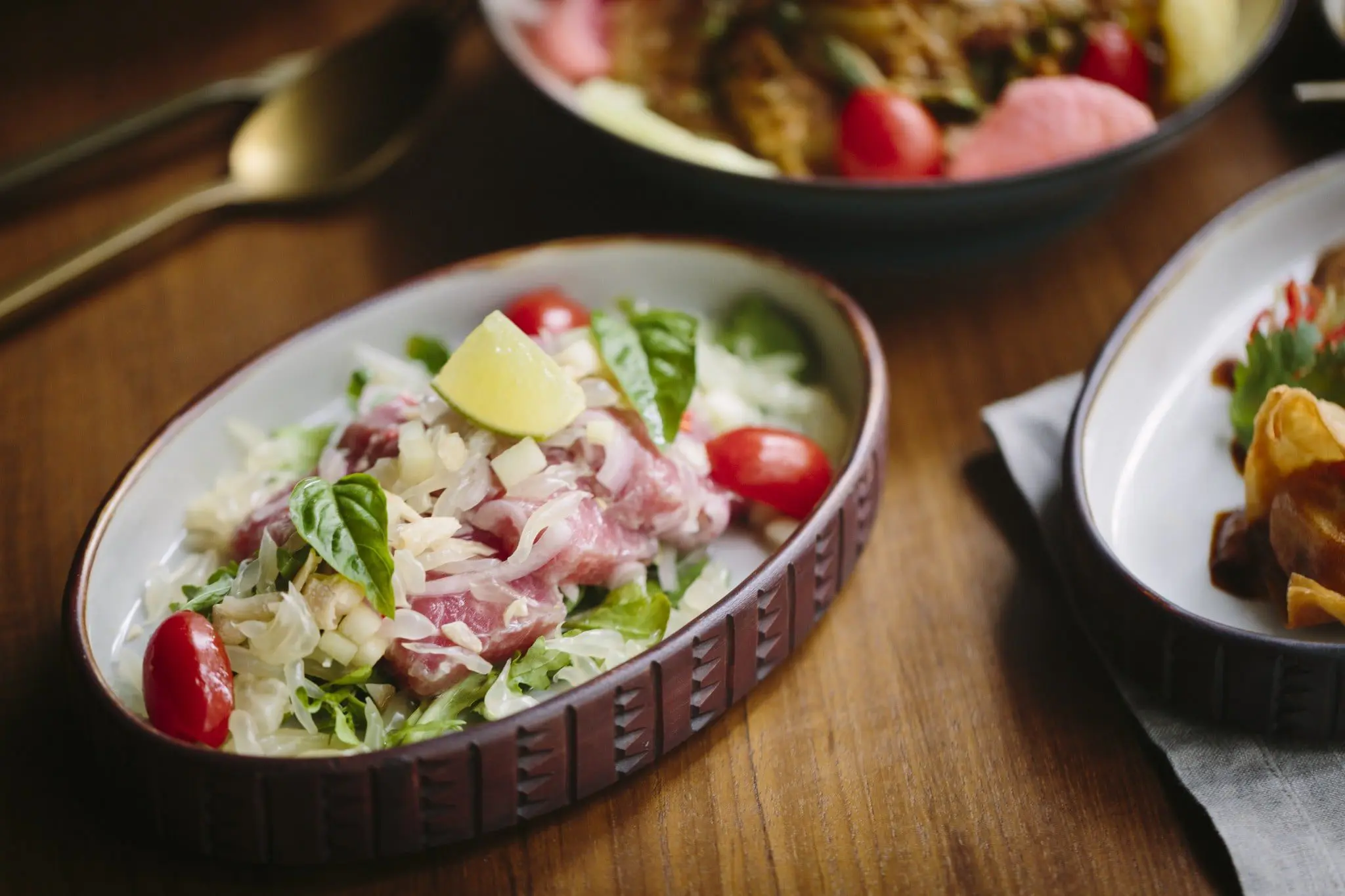
Gohu Ikan Tuna
Smooth and delicate, this local salt is processed by just 32 craftsmen using aged coconut trunks, giving it a clean taste with no bitterness.
As a certified Geographical Indication product from Indonesia, Amed sea salt is used to season all of the dishes at Kaum Bali.
Singaraja Lapciong
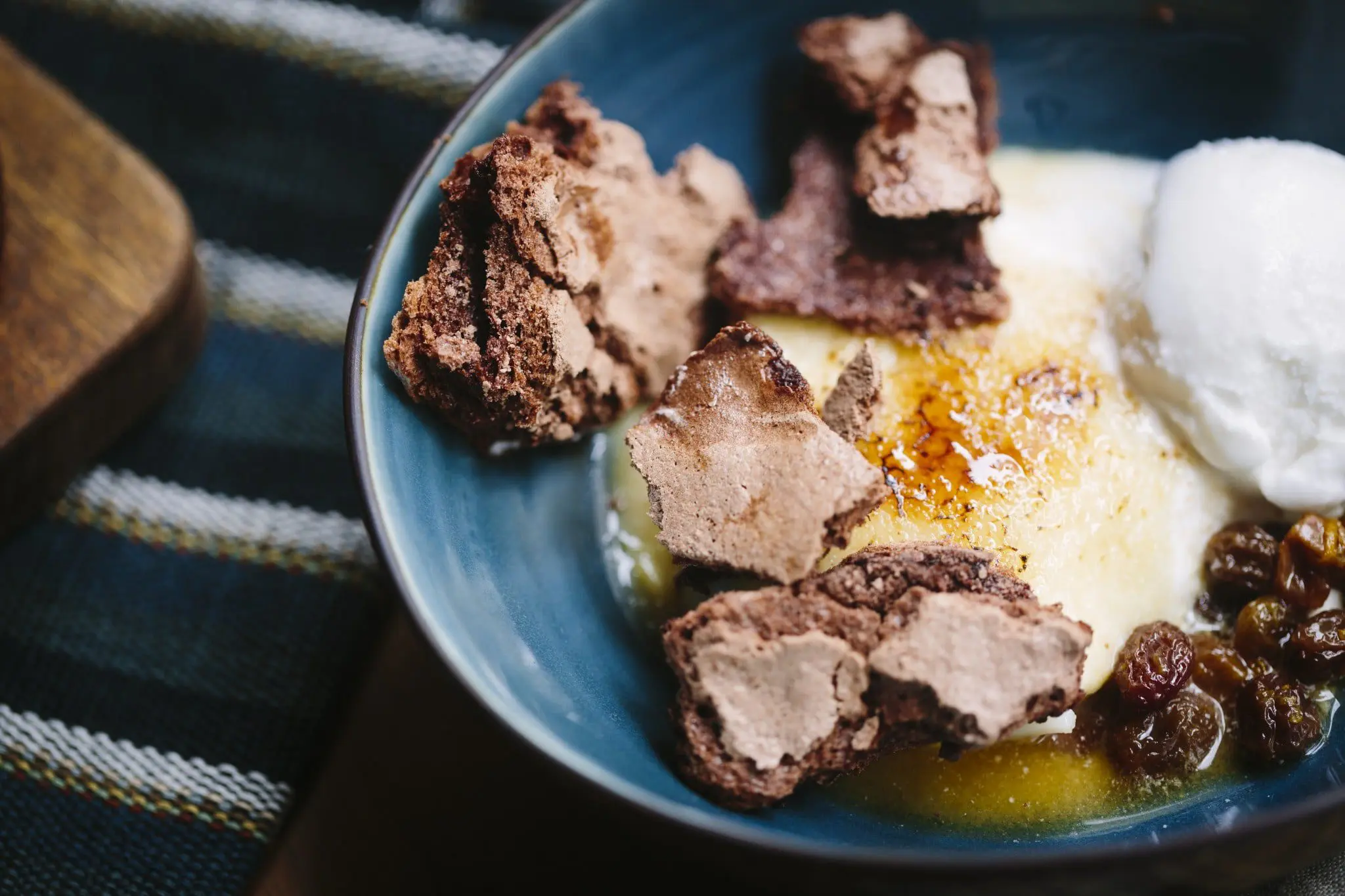
Klappertaart
With a flavour profile influenced by Indonesia’s Chinese immigrants, these sweet and savoury sausages are made by hand in North Bali and sun-dried for at least seven days before they are ready to use in Kaum Bali’s Nasi Goreng Babi (fried rice with Singaraja lapciong, bean sprouts, torch ginger and assorted field mushrooms).
Cabe Jawa (Javanese long pepper)
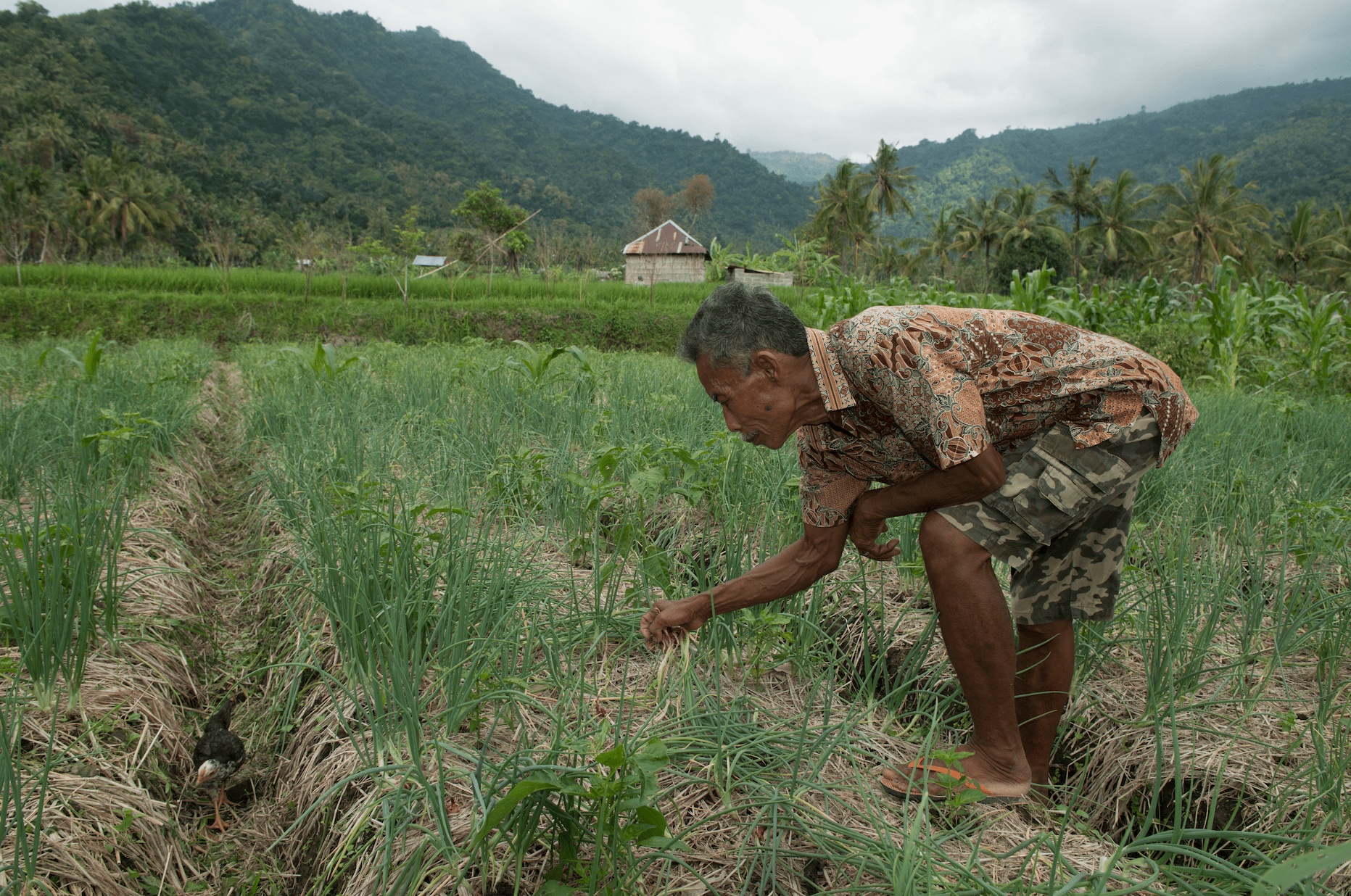
Kaum Bali
Used to give an aromatic and peppery flavour long before red chillies were introduced to Indonesia, these long peppers work well in curries, herbal drinks and spice pastes.
Kaum Bali’s base genep (Balinese spice mix), which is used to build dishes, including Ayam Betutu Klungkung (slowly roasted baby chicken filled with mixed Balinese spices and wrapped in banana leaves), incorporates Cabe Jawa.
Traditional craftsmanship

In addition to these native indigenous ingredients, Kaum’s philosophy that roots down to the traditional craftsmanship of Indonesian tribal heritage and deep traditions is also reflected in the design of the restaurant. Kaum Bali’s interior celebrates Indonesia’s traditional craft techniques combined with PTT Family’s signature contemporary architecture style.
Wooden panels, hand-carved by artisans in Toraja, South Sulawesi, were individually stamped onto 828 concrete wall panels to create a space imbued with uniqueness and tradition. Long wooden dining tables, made with high quality, locally sourced teak from East Java, encourage the family-style dining of Indonesia’s tribal communities.
Kaum Bali invites culture-curious diners to explore the country’s remarkable culinary heritage from 21st October 2016.


